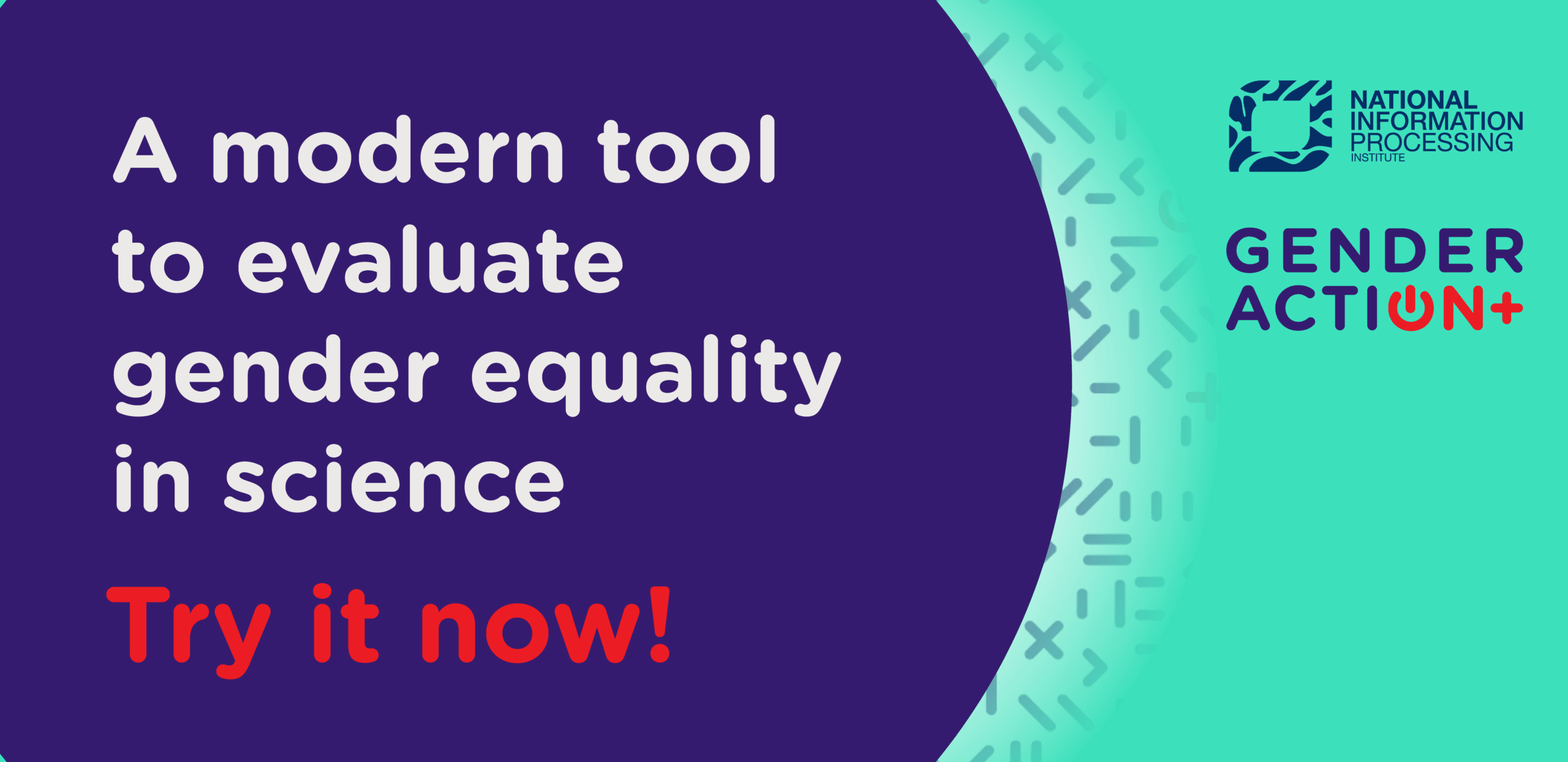Gender equality has remained a priority of the European Research Area (ERA) for over a decade. In 2021, EU member states and associated countries strengthened their stance on gender equality by signing the Ljubljana Declaration, which charted new directions for future action. The actions outlined in the declaration include combatting gender-based violence and advancing gender equality plans (GEPs) as core mechanisms for driving change in science and innovation. For several years, the National Information Processing Institute (OPI PIB) has been developing a cutting-edge dashboard to measure gender equality in science. The dashboard has revealed that many nations continue to struggle with putting their commitments into practice.
The struggle to monitor equality efforts
Under ERA Action 5, which addresses gender equality and social inclusion, twenty-two EU member states, including Poland, and three associated countries committed to undertaking relevant initiatives. A survey conducted among members of the ERA subgroup for gender equality revealed, however, that, despite numerous declarations, the implementation of measures and systematic monitoring of progress remain insufficient.
According to the report available in the OPI PIB dashboard:
- half of the countries have prepared national strategies or action plans on gender equality
- most objectives are not measurable and lack clear timeframes
- few countries are implementing measures to counter gender-based violence, support sustainable careers, and promote gender balance in decision-making processes
- no effective mechanisms are in place for monitoring and sharing experiences across countries.
‘The authors of the report, which was prepared within the framework of the European GENDERACTIONplus project, stress that voluntary commitments should be reinforced by compulsory monitoring and stronger policy dialogue at the EU level. They advocate for the formulation of national action plans, structured data collection on progress, and the exchange of best practices through shared platforms,’ says Dr Anna Knapińska, assistant professor of the Data Science Team at OPI PIB. ‘Progress in gender equality in European science and innovation depends on translating declarations into structured actions and cohesive strategies,’ adds Dr Knapińska.
One in five ICT students in Europe are women
The GENDERACTION interactive dashboard, developed by experts at OPI PIB, offers the latest Eurostat data on students enrolled in STEM courses in EU member states and selected partner countries. The dashboard enables users to compare the shares of women and men in particular fields—from engineering to information and communication technologies (ICT)—and to explore which countries are advancing women’s involvement most rapidly. Users can track changes over time and analyse the correlations between innovation and the growing number of women in STEM. Across the EU, women represent an average of 34% of STEM students, but only about 20% in engineering and ICT: a level similar to that in Poland. The largest shares of women who pursue STEM programmes, ranging from 39.5% to 59.5%, were recorded in Liechtenstein, Iceland, North Macedonia, Serbia, and Greece. In ICT fields, women represent a modest 20% of students, with male dominance reaching as high as 85% in some countries. Despite recent advancements in gender equality in science, the GENDERACTION dashboard reveals persistent underrepresentation of women in technical domains.
Poland among Europe’s most challenging environments for women in research
Based on the data from the She Figures 2024 report, the GENDERACTION dashboard also reveals how scientific careers unfold in practice and where women’s progress is most constrained by the glass ceiling. Women’s progression to full professorships can be tracked and their representation in the academic community compared. Users can explore differences by country and how they evolved over time. In addition, the dashboard highlights contrasts between STEM and other fields of science. According to latest figures, Europe’s Glass Ceiling Index (GCI) currently averages at 1.40, marking a steady improvement from 1.50 in 2018. A GCI value of 1 signifies equal access for women and men to top academic roles, while higher values suggest the presence of obstacles that limit women’s career progression. The path to professorship presents the greatest challenges for women in Cyprus (2.54), Hungary (1.86), Portugal (1.74), and Poland (1.61). In STEM fields, the average GCI is 1.45, with Finland (2.00), Denmark (1.86), Poland (1.79), and Portugal (1.79) leading in inequality. This data reveals that women still face greater challenges than men in advancing to top academic positions in technical and exact sciences.
Poland’s academia grapples with ageing staff
The dashboard enables users to compare the circumstances of female and male researchers across different European countries. Users can analyse the shares of women and men in science in more than twenty countries, including Poland, as well as examining the employment structure at different stages of the academic career—from doctorate to professorship. It is also possible to analyse the shares of female professors by age and scientific field, as well as comparing data between groups of countries, such as the ‘old’ and ‘new’ EU member states, candidate countries, and partner countries. The dashboard’s data reveals wide variation in women’s representation in science—from 32% in Greece to 48.5% in Portugal among pre-2004 EU members, and from 34.2% in Cyprus to 58.8% in Lithuania among newer members. ‘The dashboard shows that over 75% of professors in Poland—regardless of gender—are 55 or older, underscoring the ageing trend in the academic sector,’ adds Dr Knapińska.
The GENDERACTION dashboard was developed by experts at OPI PIB as part of the GENDERACTIONplus project, and was financed by the European Union under Horizon Europe – Research and Innovation programme. It was implemented under Grant Agreement No. 101058093. The project consortium comprised twenty-six organisations and fourteen partners from twenty-one countries. The project was coordinated by the Institute of Sociology of the Czech Academy of Sciences. OPI PIB was a project partner, collaborating with the Polish Ministry of Science and Higher Education.
The dashboard is available at: https://genderaction-data-dashboard.opi.org.pl
